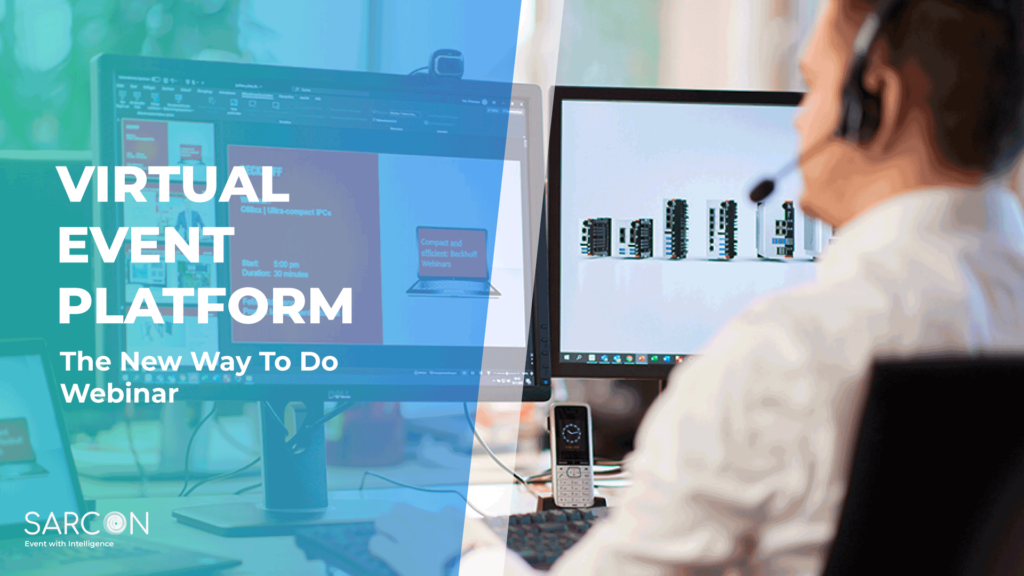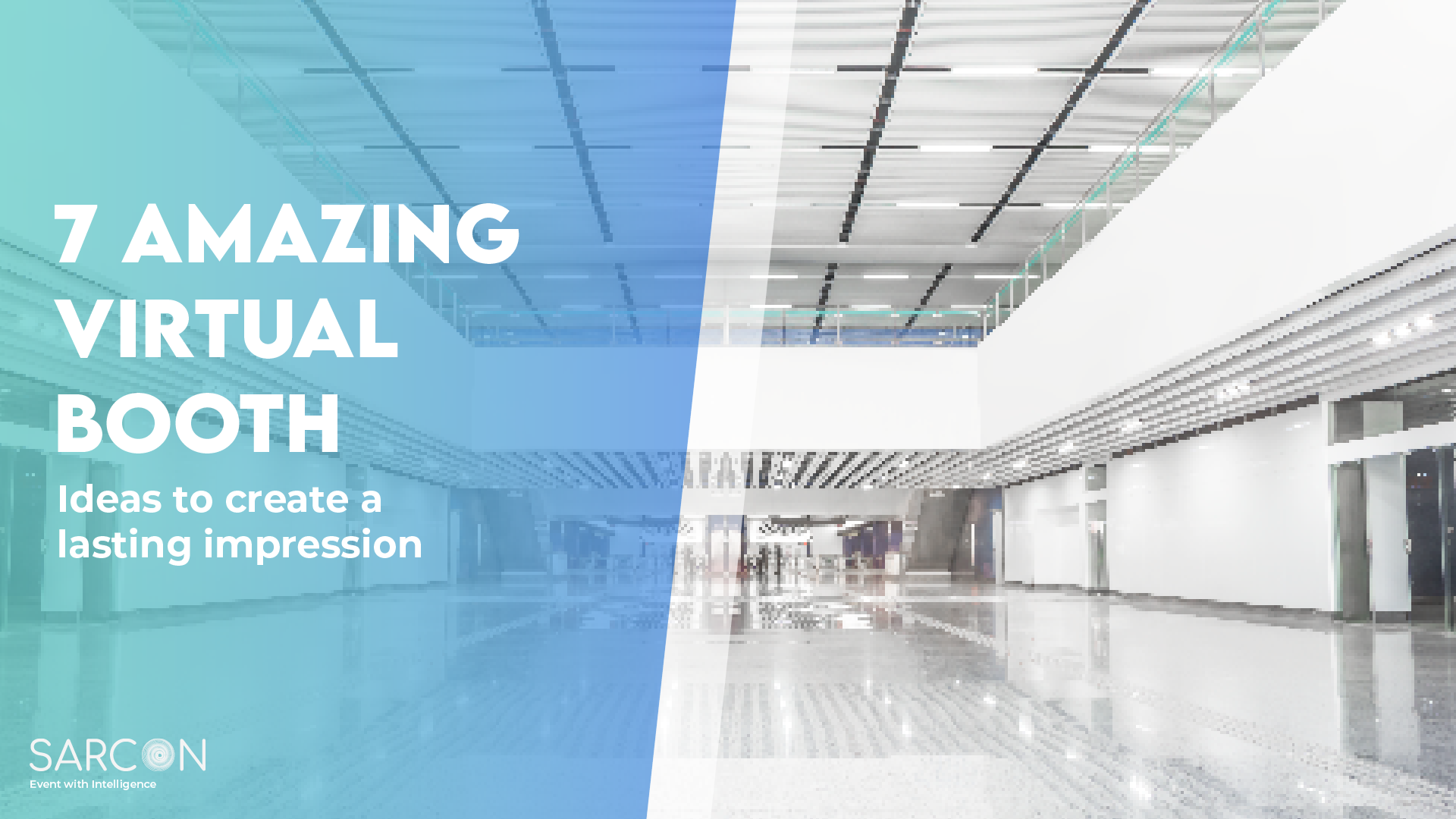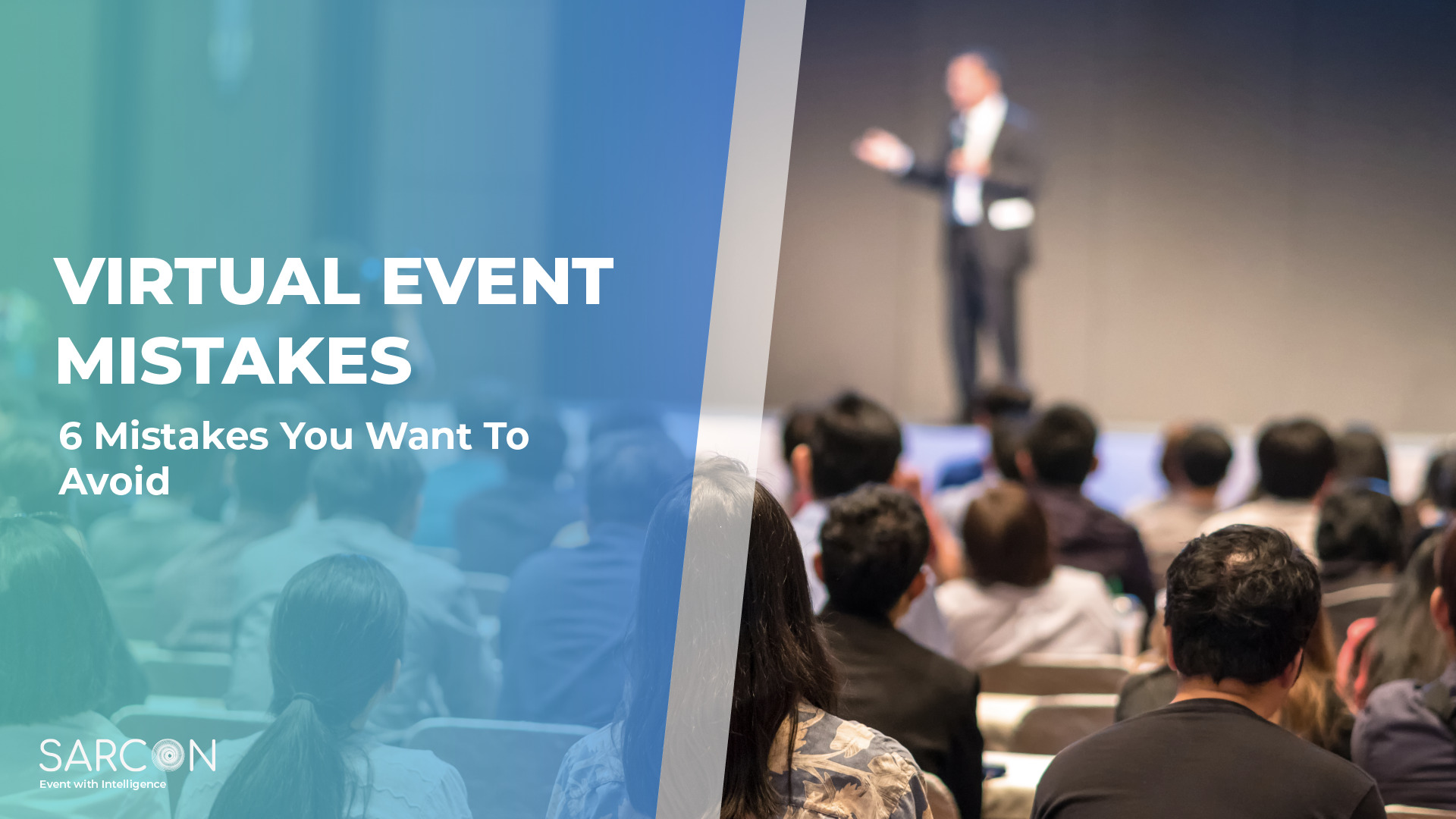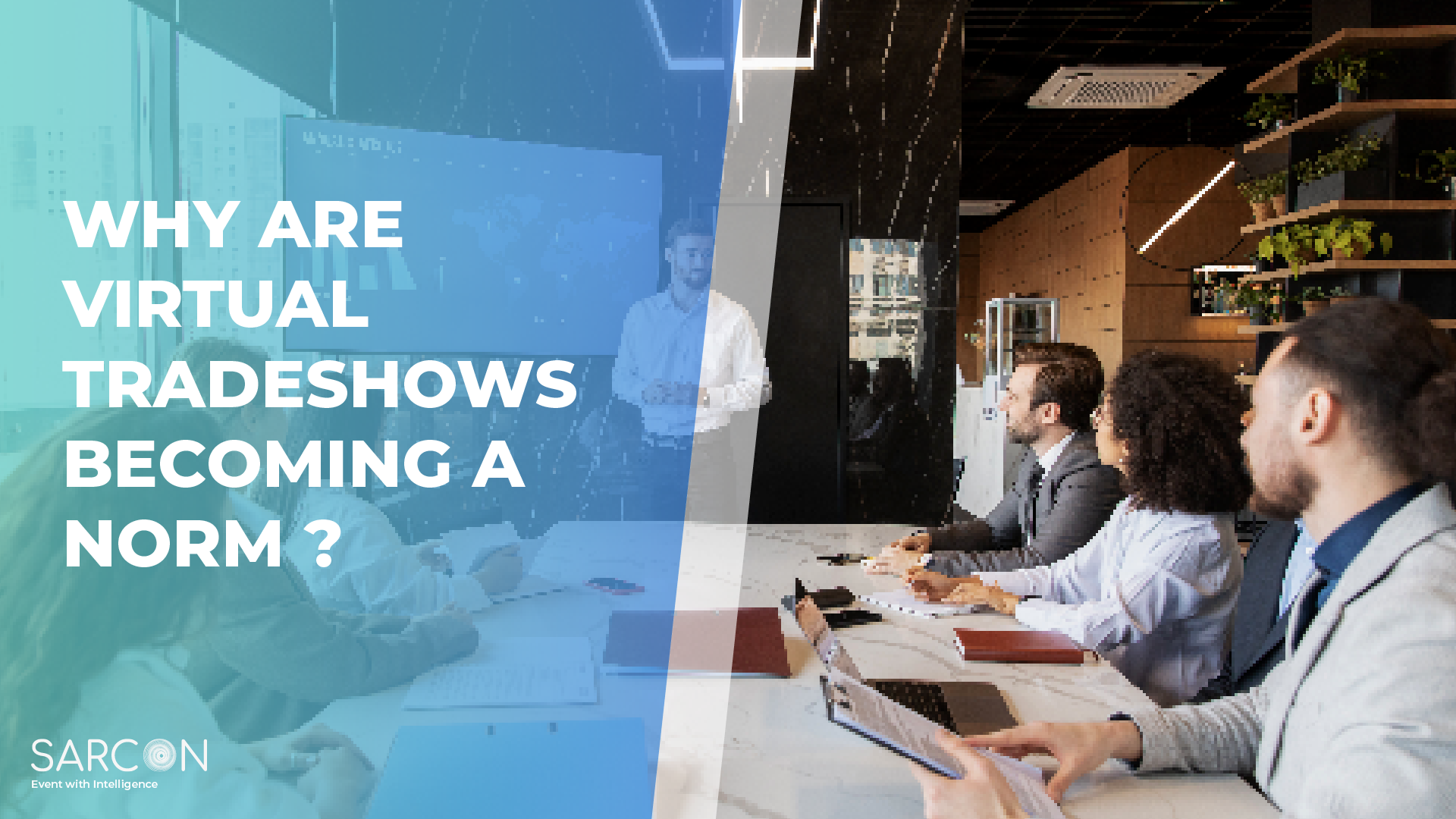In the age of Zoom and other video conferencing platforms, it’s no surprise that webinars have seen a surge in popularity. It is predicted that by 2022, more than 80% of firms will routinely utilise webinars. This is because webinars effectively and economically communicate with huge audiences to deliver educational content, promote products or services, and generate leads.
Moreover, the COVID-19 pandemic prompted a shift to remote employment, undoubtedly boosting the trend’s popularity. According to Research Nester, the webinar market is expected to reach $800 million by 2023.
Today, webinars are common for businesses that use remote workers. They offer a digital alternative for companies and groups by letting them bring their offline event planning into the internet space with minimal effort.
What is a Webinar?
A webinar is an “online seminar” or ‘web-based seminar’ that allows you to interact with an audience in real time. It’s a great way to share your knowledge and connect with people from all over the world. It is similar to a webcast, but webinars are interactive and often include live Q&A, polls, and surveys. Webinars can be used for various purposes, such as lead generation, product launches, customer education, or employee training.
What are the benefits of hosting a webinar?
There are many benefits to hosting a webinar. They are a great way to connect with customers and employees, deliver educational content, promote products or services, and generate leads.
Some of the specific benefits of webinars include the following:
- Reach a global audience: Webinars allow you to reach a global audience easily. All you need is an internet connection and a computer or mobile device.
- Increase brand awareness and build credibility: By hosting webinars, you can increase brand awareness and add credibility to your business. Webinars give you the opportunity to position yourself as an expert in your industry.
- Generate leads and sales: Webinars are an excellent way to generate leads and sales. You can use webinars to promote your products or services, offer discounts or coupons, and collect contact information from attendees.
- Save time and money: Hosting a webinar is often cheaper and faster than planning a traditional event, such as a trade show or conference.
Webinars vs Virtual Events Platform
Often we are asked about the main difference between webinars and virtual events. While the two have some similarities, some key differences make virtual events a more versatile solution for businesses.
Virtual events platforms offer businesses more control over the look and feel of their event. This means businesses can create an event that is on-brand and consistent with their existing marketing materials. Additionally, virtual event platforms allow businesses to host multiple sessions or break-out rooms within a single event. This enables businesses to cater their event to a larger audience or provide more targeted content for smaller groups.
On the other hand, webinars tend to be more focused on the delivery of a single presentation. Webinars also offer less flexibility when it comes to design and branding. And while webinars can be recorded and archived, they do not provide the same level of interactivity as virtual events. Webinars can be quite dull and lengthy, leading to “webinar fatigue.”
What is Webinar Fatigue?
“Webinar fatigue”, also known as “Virtual Fatigue,” refers to the mental and physical exhaustion individuals experience after prolonged usage of video conferencing software, resulting in tiredness and irritability. This exhaustion has numerous negative repercussions on health, including headaches, irritability, insomnia, and photophobia (sensitivity to light).
This is due, in part, to a growing demand to remain connected. With so many organisations requiring employees to be productive while working remotely, these forms of communication have caused significant levels of tiredness. This is likely because webinars are often long, dull, and repetitive. They lack the interactivity of an in-person event and often feel like one big sales pitch. As a result, attendees tune out or simply stop attending altogether.
Furthermore, these digital experiences offer several advantages over in-person events, such as being more cost-effective and convenient, making them an ideal choice for businesses.
Some other drawbacks of webinars include the following:
- Technical difficulties: Webinars can be plagued by technical difficulties, such as audio issues, video lag, and connection problems. While most platforms have measures in place to prevent these issues, they can still occur.
- Lack of interaction: One of the biggest complaints about webinars is the lack of interaction. This can be a problem if the webinar is not well-planned or the speaker is not engaging. To avoid this, include interactive elements in your webinar, such as polls and surveys.
- Time commitment: Webinars can be time-consuming, both for the presenter and the attendees. Depending on the length of the webinar, it can take several hours to prepare and deliver. And, if attendees are located in different time zones, they may have to wake up early or stay up late to participate.
Fortunately, there’s a solution: virtual events platform.
Virtual events platforms have reinvented the webinar experience by breathing new life into this old format. With this cutting-edge technology, businesses can streamline their webinar experience and make it more engaging. These platforms recreate the in-person event experience online, like networking opportunities, breakout sessions, and exhibitor booths. Virtual events platforms offer features that traditional webinars do not, such as gamification, live polling, chat rooms, breakout sessions, virtual exhibitor booths, and more.
Here are three ways they’ve done so:
By making webinars more engaging
Webinar fatigue often stems from a lack of engagement. Traditional webinars tend to be quite dry, with a single person talking to the camera for the entirety of the event. If attendees are not actively involved in the event, they’re likely to tune out—which is why creating an engaging experience is important. According to Markletic Event Research, 49% of marketers say that audience engagement is the biggest contributing factor to having a successful event.
Virtual event platforms have solved this problem by incorporating features that make webinars more interactive and engaging. For example, some platforms allow webinar hosts to poll their audience or take questions in real time. This makes webinars more dynamic, exciting and engaging for viewers.
By increasing webinar attendance rates
One of the biggest challenges with webinars is getting people to show up. With so many events happening online, it can be hard to stand out and get people to attend your webinar.
Virtual events platforms have tackled this problem by incorporating features that make promoting and marketing your event easy.
For example, most platforms offer customizable registration pages that businesses can use to increase sign-ups. Additionally, many platforms allow them to integrate their webinar with email marketing campaigns or social media platforms. This makes getting the word out about the event easy and increases attendance rates.
By reducing webinar Lengths
Another common cause of webinar fatigue is simply the length of the event. Most webinars are fairly long—usually an hour or more—which can be tough for people to sit through without getting bored.
Virtual events platforms have addressed this problem by allowing organizers to break up their events into smaller sessions with event scheduling and breakout rooms. This way, attendees don’t feel like they’re being bombarded with information all at once; they have time to digest what they’ve learned and come back refreshed for more.
By reducing drop-out rates of webinars
Finally, another reason why people may start to experience webinar fatigue is that they don’t feel like they’re interacting with the presenter or other attendees enough. This can be especially true if there are only a few people on the call or if everyone is muted during most of the presentation.
To combat this issue, virtual event platforms have features like chat so that attendees can ask questions and interact with each other directly. Many virtual event platforms also provide the advantage of screen sharing and co-browsing to create a more interactive experience. For example, Sarcon not only provides advanced networking opportunities by allowing attendees to connect with the text, audio and video chat. It also offers interactive 3D webinar capabilities that can give attendees an immersive experience like 3D, 3D animated, and 3D-360⁰.
Conclusion:
A virtual event is a way to go if you’re looking for a more engaging and interactive way to connect with your audience. Virtual events platforms offer a variety of features that make them more exciting and interactive than traditional webinars, which leads to higher attendance and greater ROI. And because they’re more cost-effective, convenient, sustainable, and scalable than traditional events, virtual events are quickly becoming the preferred choice for businesses large and small.
So if you are looking to take your webinars to the next level? Sarcon is the perfect solution! Upgrade to Sarcon today and see the difference!



